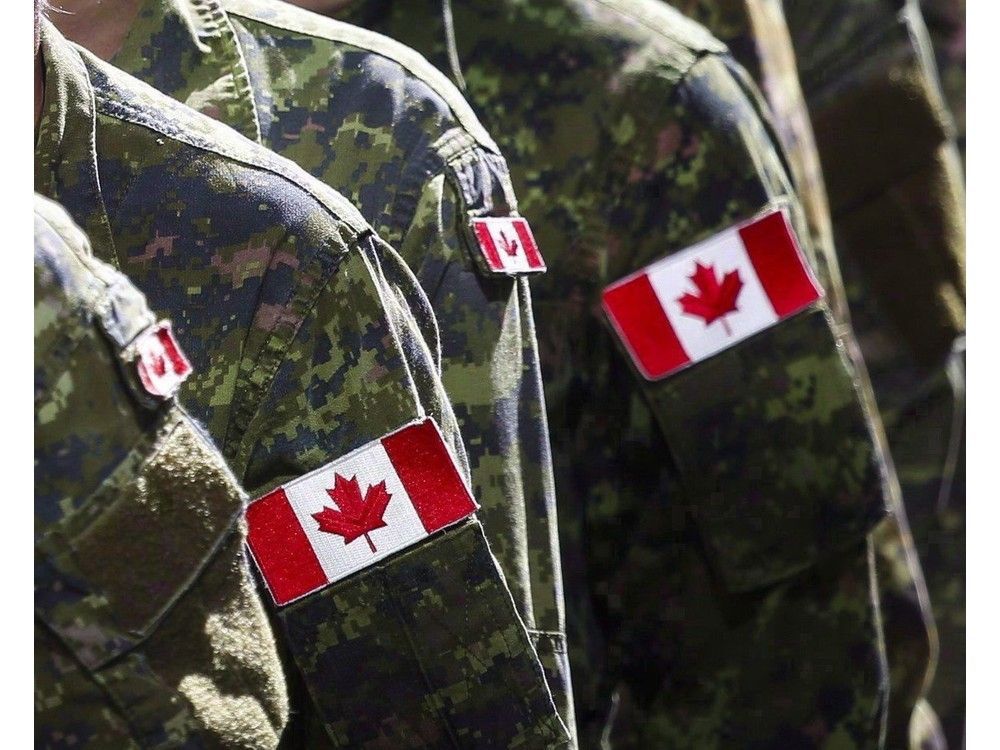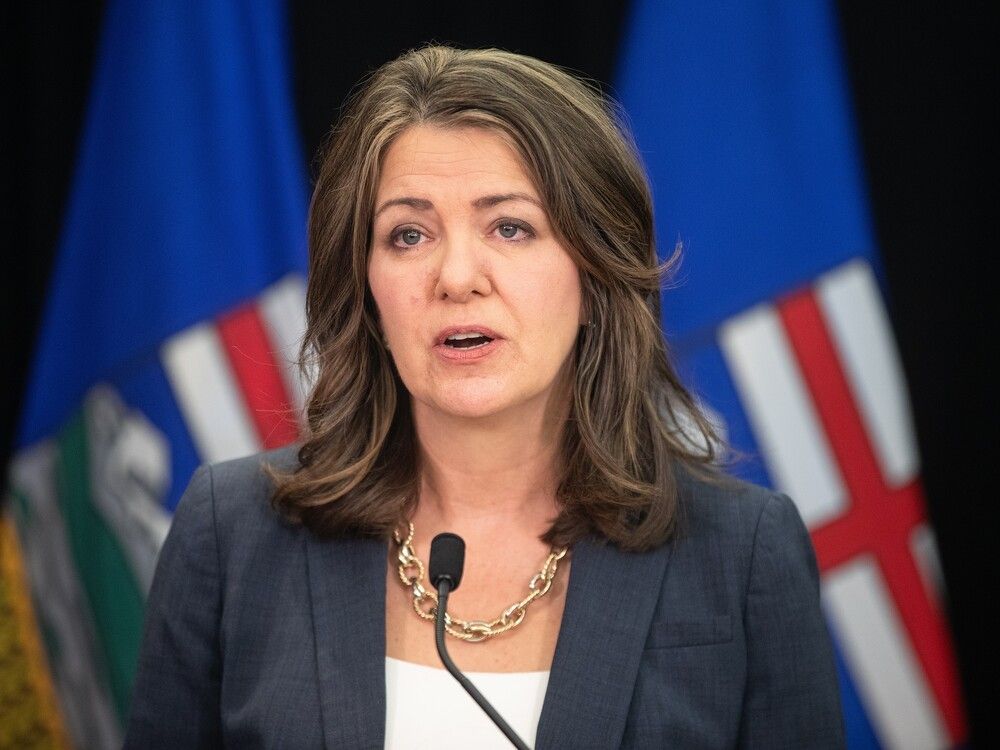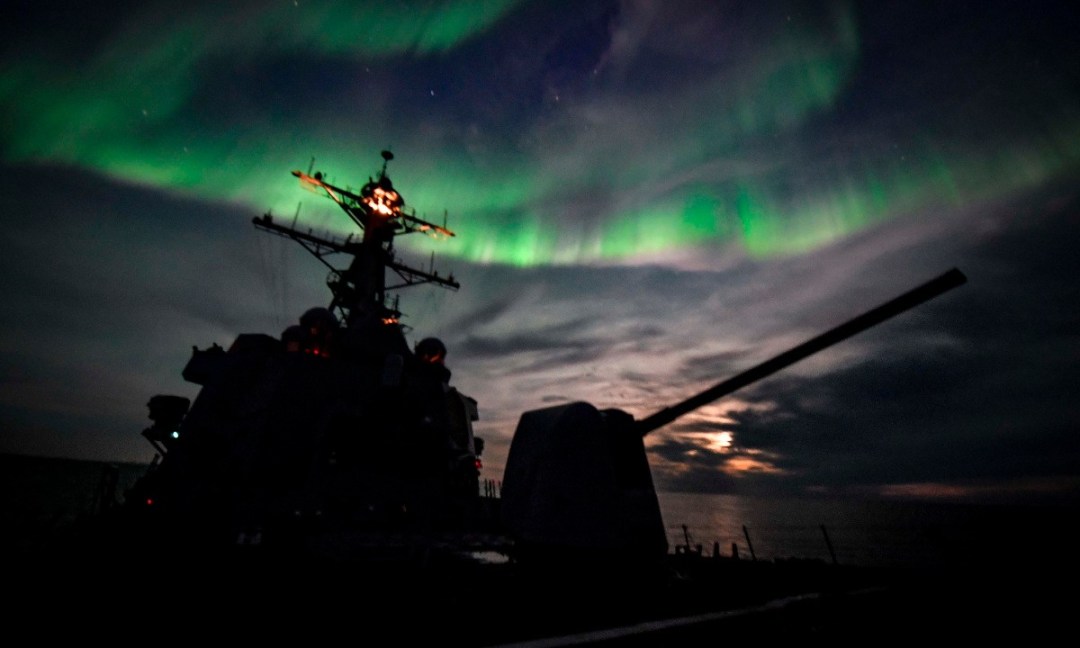The one that always got me was uniforms. If a military cannot provide uniforms to all, in full scale, on the first day they step into the job at training facilities, it has failed to show it is serious about defending the country as far as I am concerned.
We should have uniforms coming out of the wazoo (as the expression goes). Enough for twice the number of authorized strength, just in case rapid expansion is required.
We should be able to take anyone walking off the bus at training facilities and, regardless of command (RCN, CA, RCAF), issue them immediately with three sets of CADPAT, a CADPAT raincoat, a CADPAT winter jacket, a beret as appropriate and two sets of their element Service Dress. With completion of full issue, to scale, of Service Dress and extra combat uniforms, as applicable to the member's element and trade, issued upon completion of basic training. There should only be an insignificant number of special cases.
For me, not being able to do that is an indication of incompetent procurement or operation of the supply system.
P.S.: I know it is not necessarily everyone's view, but IMHO, every serving member should have some CADPAT uniform for those occasions that call for it. Besides, having it issued from the start with an expectation that you will have them already when it becomes needed (range day, aid to civil powers, deployment with army units for specific purposes, etc.) would be an incentive for more senior members to maintain that svelte figure they had when they joined, so they don't need to go to stores in a hurry and try and explain why they suddenly need four sizes bigger.


 nationalpost.com
nationalpost.com









